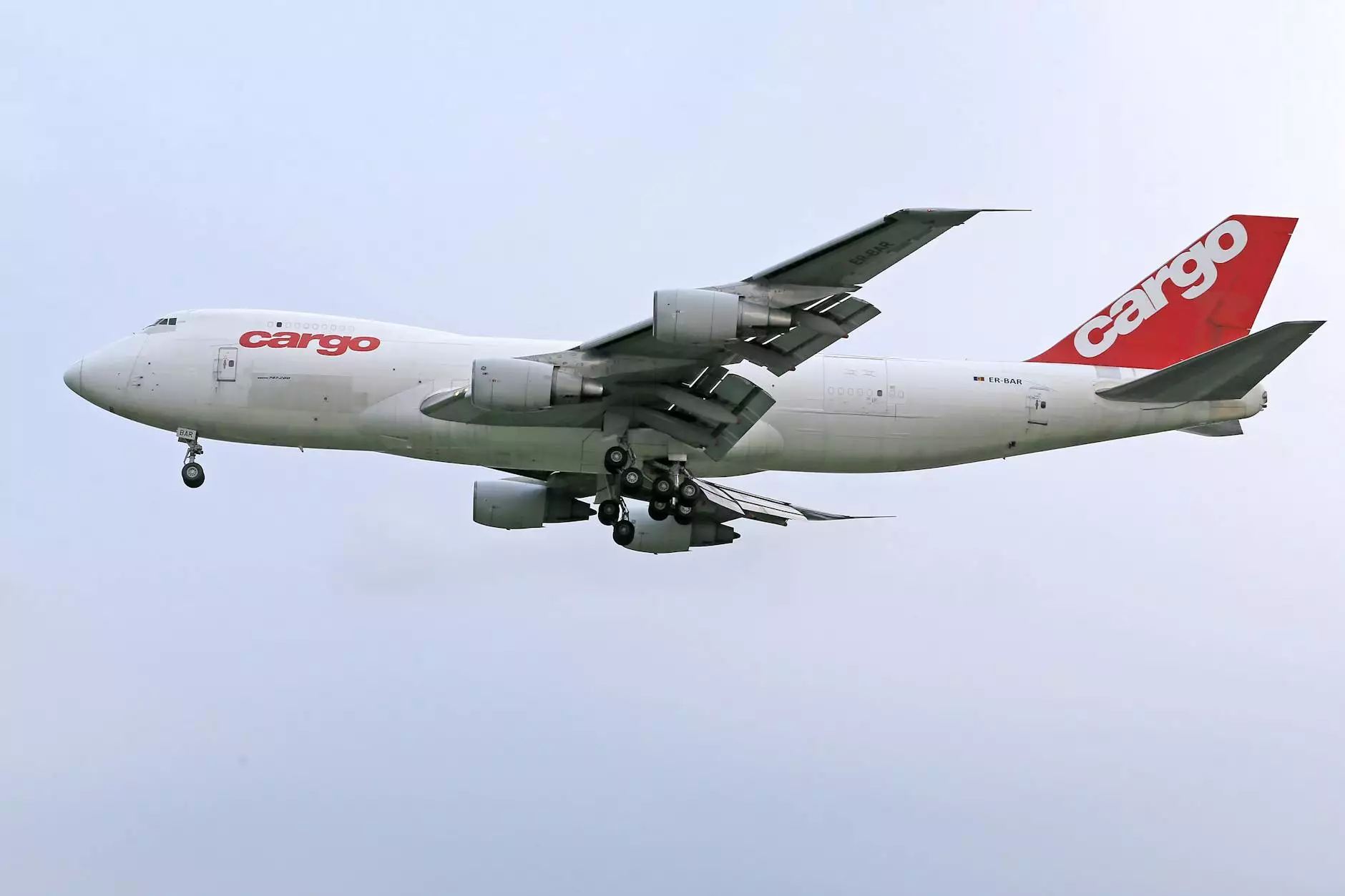Understanding Air Shipping Rates: A Comprehensive Guide

The world of logistics is vast and complex, with numerous factors influencing how goods are transported. Among these methods, air shipping stands out for its speed and efficiency. However, one significant aspect that businesses must consider when utilizing air freight is air shipping rates. This extensive guide aims to demystify these rates, break down the influencing factors, and provide insights designed for companies leveraging services from cargobooking.aero.
What Are Air Shipping Rates?
Air shipping rates refer to the charges incurred when sending goods via air freight. These rates can vary widely based on several criteria, including the weight and dimensions of the shipment, the distance it needs to travel, and the level of service required.
Why Choose Air Shipping?
Air shipping is often preferred for its speed, especially for businesses needing rapid delivery. While it may come with a higher price tag compared to other shipping methods, the advantages can outweigh the costs. Here are some reasons to consider:
- Speed: Air freight is the fastest mode of transport, reducing lead times significantly.
- Reliability: Airlines operate on strict schedules, providing more dependable delivery times.
- Global Reach: Air shipping enables businesses to reach markets worldwide quickly.
- Less Damaging: Short transit times mean reduced exposure to damage and theft.
Factors Influencing Air Shipping Rates
The calculation of air shipping rates is influenced by various factors that businesses should be aware of:
1. Shipment Weight and Dimensions
Weight is one of the primary factors in determining air freight costs. Airlines typically charge based on either the actual weight or the volumetric weight (also known as dimensional weight), whichever is higher. To calculate volumetric weight, you usually use the following formula:
Volumetric Weight (kg) = Length (cm) x Width (cm) x Height (cm) / 5000
2. Distance and Route
The distance the package needs to travel affects the air shipping rates. Longer distances generally incur higher costs, particularly if the route involves multiple stops or transfers.
3. Type of Goods
Special items may require unique handling or specific legal documentation, often increasing shipping rates. For instance:
- Hazardous Materials: These items necessitate special packaging and handling, incurring additional fees.
- Perishable Items: Goods like food require temperature-controlled shipping, increasing costs.
- High-Value Items: Increased security measures can apply, raising shipping fees.
4. Speed of Delivery
Airlines usually offer different tiers of service, from regular to expedited shipping. The faster the service, the higher the costs involved. Choosing the right balance according to your business needs is essential.
5. Fuel Prices and Surcharges
Fluctuations in fuel prices can significantly impact air freight costs. Many carriers apply fuel surcharges to account for these variances, which need to be factored into your overall shipping expenses.
Air Shipping Regulations
Shippers must comply with various regulations that can influence air shipping rates. Different countries have unique customs requirements, documentation processes, and possible tariffs. It is essential to stay informed about:
- Import/export licenses
- Customs duties and taxes
- Compliance with safety regulations
How to Optimize Air Shipping Costs
While air shipping may be more expensive, there are several strategies businesses can adopt to optimize their costs:
1. Choose the Right Carrier
Not all air freight carriers offer the same rates or services. It's crucial to compare options and choose one that fits your needs—this may involve consulting cargobooking.aero for reliable comparisons.
2. Consolidate Shipments
Consolidating packages into a single shipment can help reduce costs significantly by leveraging bulk pricing.
3. Plan Ahead
Whenever possible, avoid last-minute shipments. Planning and scheduling ahead can often mean lower costs, especially by taking advantage of regular service offerings instead of expedited options.
4. Negotiate Rates
Don’t hesitate to negotiate rates with carriers. Long-standing relationships can lead to better pricing and terms.
The Future of Air Shipping Rates
The landscape of air shipping is continuously evolving. Factors like technology advancements, changes in regulations, and environmental considerations are reshaping how rates are calculated. Innovations like drone delivery and enhanced tracking systems promise to improve efficiency and potentially reduce costs in the future.
sustainability in air shipping
With the global focus on sustainability, businesses are exploring eco-friendly shipping methods. Investing in sustainable practices not only meets customer expectations but can also yield cost savings in the long run.
Conclusion
Understanding air shipping rates is crucial for any business looking to optimize its logistics. By considering the discussed factors, staying informed about regulations, and utilizing effective strategies, companies can navigate the complexities of air freight more efficiently. By leveraging the resources available through cargobooking.aero, businesses can ensure they are making informed decisions that enhance their shipping operations.
In the fast-paced world of logistics and e-commerce, keeping air shipping efficient and cost-effective can be a game-changer for your business.









